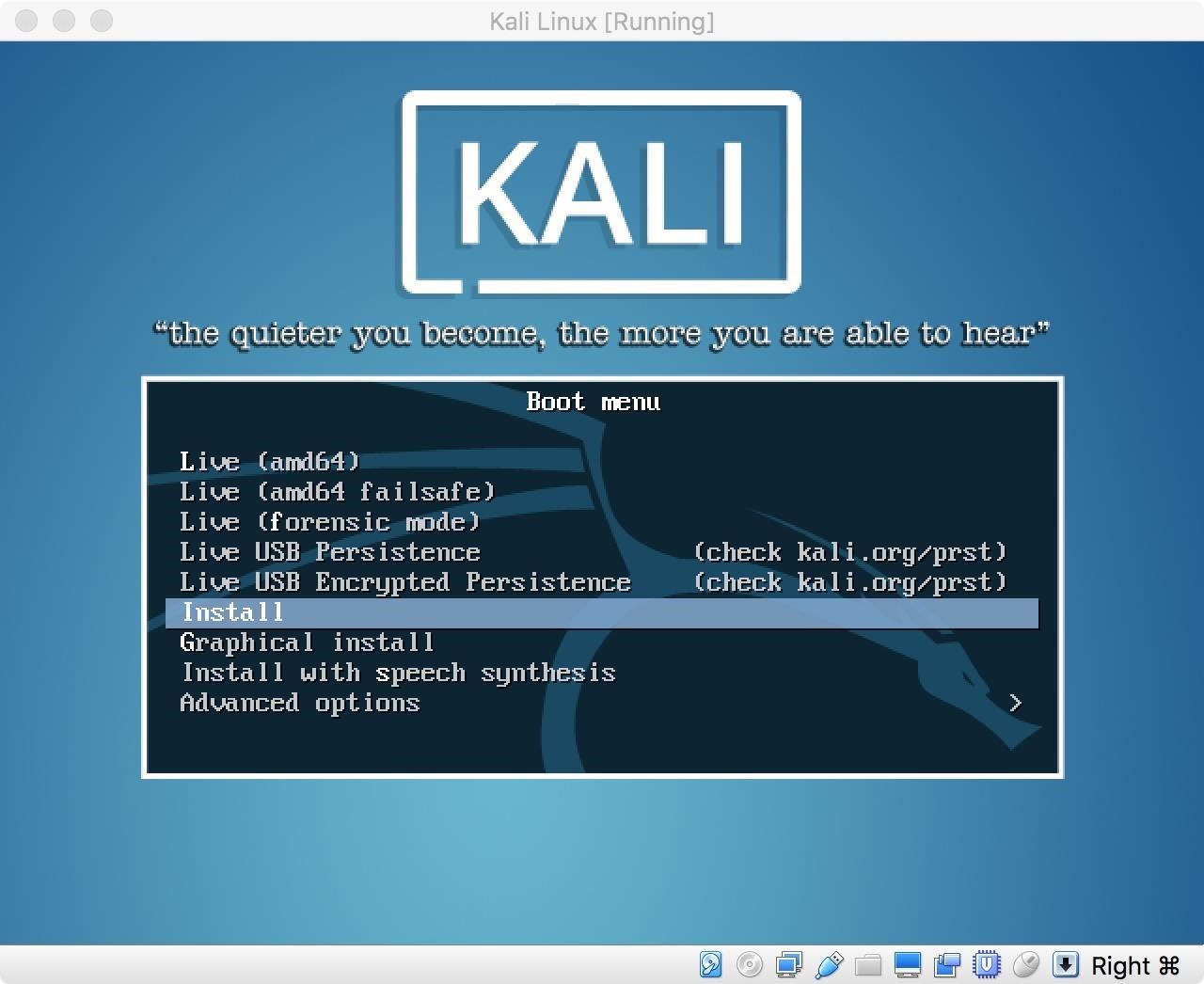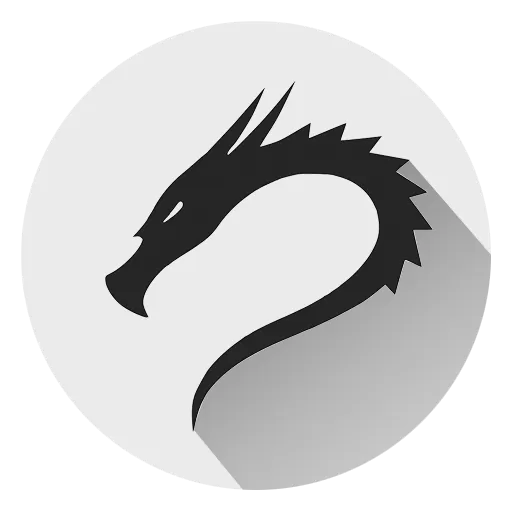Kali Linux Download For Mac Download. Once you clicked on the “Live amd54”, the Kali Linux will automatically open up and you can start using it. This is the preview of Kali Linux become live on Mac OS. Kali Linux On Mac. How to Use Kali Linux Live Joystick mac os x flight simulator. Kali Linux Live USB on MAC If this is your first visit, be sure to check out the FAQ by clicking the link above. You may have to register before you can post: click the register link above to proceed.
- Kali Linux Download Mac Torrent
- Kali Linux Download Mac Os
- Kali Linux On M1 Mac
- Download Kali Linux For Mac


Many people want to run a new version of Linux without the need for a new computer. The easiest way, and probably the fastest, is running Kali Linux (this actually works the same way with most distributions) is to run it from a USB drive without installing it to your internal hard drive.
This simple method has several advantages:

Kali Linux Download Mac Torrent
- It’s fast – Once you have the distribution installed on a bootable USB drive, you can boot to the login screen in just a few seconds, vs. installing and configuring the files on your internal hard drive.
- It’s reversible — since this method doesn’t change any of your files on your internal drive or installed OS, you simply remove the Kali USB drive and reboot the system to get back to your original OS.
- It’s portable — you can carry the Linux USB with you at all times so you can use it on most systems in just a few seconds.
- It’s optionally persistent — you can decide to configure your Kali Linux USB drive to have persistent storage, so your data and configuration changes are saved across reboots
In order to do this, we first need to create a bootable USB drive which has been set up from an ISO image of Kali Linux.
What You’ll Need

- A verified copy of the appropriate ISO image of the latest Kali build image for the target system. You’ll probably select the 64-bit version (Kali Linux 64-Bit) in most cases.
- In OS X, you will use the dd command, which is already pre-installed on your Mac.
- A 4GB or larger USB thumb drive.
Creating a Bootable Kali USB Drive on OS X
OS X is based on UNIX, so creating a bootable Kali Linux USB drive in an OS X environment is similar to doing it on Linux. Once you’ve downloaded and verified your chosen Kali ISO file, you use dd to copy it over to your USB stick.
- Without the target USB drive plugged into your system, open a Terminal window, and type the command diskutil list at the command prompt.
- This will display the device paths (look for the part that reads /dev/disk0, /dev/disk1, etc.) of the disks mounted on your system, along with information on the partitions on each of the disks.
- Plug in your USB device to your Mac in any open USB port, wait a few seconds, and run the command diskutil list a second time. Your USB drive will now appear in the listing and the path will most likely be the last one shown. In any case, it will be one which wasn’t present before. In this example, you can see that there is now a /dev/disk6 which wasn’t previously present.
- Unmount the drive (assuming, for this example, the USB stick is /dev/disk6 — do not simply copy this, verify the correct path on your own system!):
Kali Linux Download Mac Os
- Proceed to (carefully!) image the Kali ISO file on the USB device. The following command assumes that your USB drive is on the path /dev/disk6, and you’re in the same directory with your Kali Linux ISO, which is named “kali-linux-2019.3-amd64.iso”:
Note: Increasing the blocksize (bs) will speed up the write progress, but will also increase the chances of creating a bad USB stick.
Kali Linux On M1 Mac
Imaging the USB drive can take a good amount of time, over half an hour is not unusual, as the sample output below shows. Be patient and wait for the command to finish.
The dd command provides no feedback until it’s completed, but if your drive has an access indicator, you’ll probably see it flickering from time to time. The time to dd the image across will depend on the speed of the system used, USB drive itself, and USB port it’s inserted into. Once dd has finished imaging the drive, it will output something that looks like this:
And that’s it! You can now boot into a Kali Live Installer environment using the USB device.
To boot from an alternate drive on an OS X system, bring up the boot menu by pressing the Option key immediately after powering on the device and select the drive you want to use.
Dob’t forget, the default root password is “toor“, without the quotes.
Download Kali Linux For Mac
Good Luck!